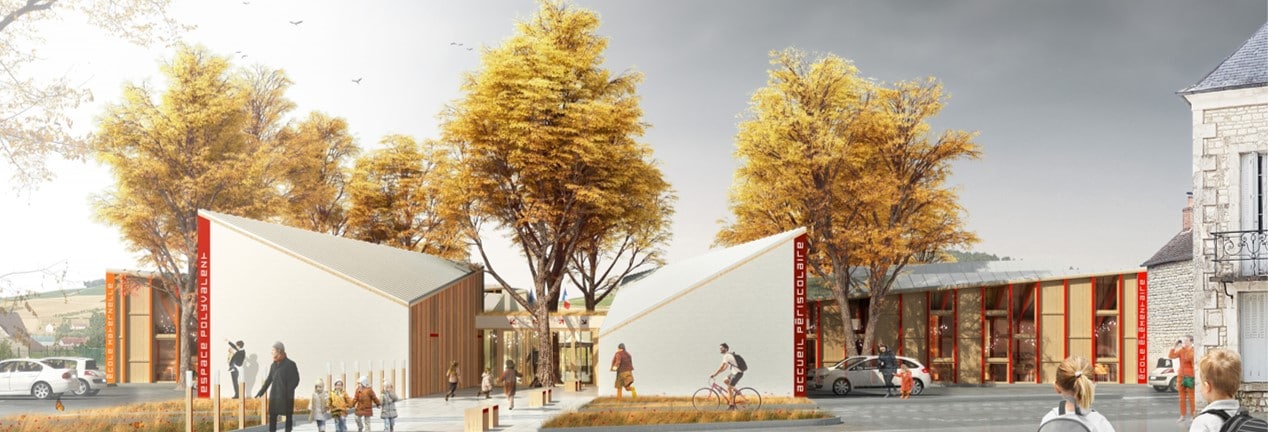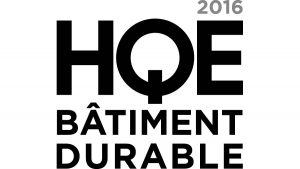INDOOR AIR QUALITY IN TERTIARY ENVIRONMENTS
Establishments receiving the public and Education
The monitoring of air quality is regulatory since 2018 in certain establishments receiving the public such as nurseries, schools, middle schools, high schools and, from 2023, universities. Indeed, studies conducted in the early 2010s have shown that the indoor air in these institutions can be up to 10 times more polluted than the outdoor air. Poor air quality can have serious consequences: decreased concentration and cognitive abilities, development of chronic diseases such as asthma, allergies, respiratory tract irritation, chronic fatigue. The managers of these establishments have objectives of results to guarantee a healthy air for the occupants. Today, a new risk is emerging that has been little taken into account until now: the sanitary risk.
PHOSPHORIS offers personalized support to building owners and managers to take into account air quality throughout the life of the building: construction, renovation, operation. We find solutions to reach the air quality objectives on the regulatory parameters: Formaldehyde, Benzene, Carbon dioxide, Tetrachloroethylene, Radon.
#Advice
#Tetrachloroethylene
#Formaldehyde
#Concentration
#Absenteeism
#Depollution
#Comfort
#Measures
#SanitaryRisk
#CarbonDioxide
#Diagnosis
#WellBeing
#Improvement
#Radon
#Benzene
#Pollution
#ActionPlan
#Modeling
#Assessment
#Allergies

.‘Parc des Marronniers’ school group in Saint-Bris-le-Vineux, France
City of Saint-Bris-le-Vineux / ARCHITECTE(S) / RED / PHOSPHORIS A. Garnier Design Office.
Environmental project management assistance
- Support for environmental certification of buildings Construction/Renovation: HQE Bâtiment Durable
- Support for the compliance of buildings with the regulatory obligation: Decree 2015-1000 of August 17, 2015 of the Environmental Code (French regulation)
- Implementation of an action plan to reduce pollution sources
- Training and awareness of the actors.

Air Quality Modeling
- Modeling indoor air quality depending on materials, outdoor air and ventilation in the design phase
- Study of the impact of a project on the prevailing winds on the structure of a building
- Study of dynamic thermal simulation and Fluidic in interior to visualize the dead zones in terms of air renewal and the zones of thermal discomfort.
Air Quality diagnosis and measurements
- Indoor air quality measurements: punctual or continuous measurements with sensors: Benzene, Formaldehyde, Tetrachloroethylene, Radon, Carbon dioxide, Particles, Allergens, etc.
- Diagnosis of potential pollution sources, odor, mold, etc.
- Assessment of the efficiency of the ventilation and the means of aeration.
Design/Execution of air handling systems
- Design study of air handling systems with the double competence of climatic engineering and air quality chemistry
- Execution study and turnkey engineering
- Prescription of air purification equipment
- Follow-up of the construction site and implementation
- Optimization of existing systems.
Our partner for Indoor Air Quality




